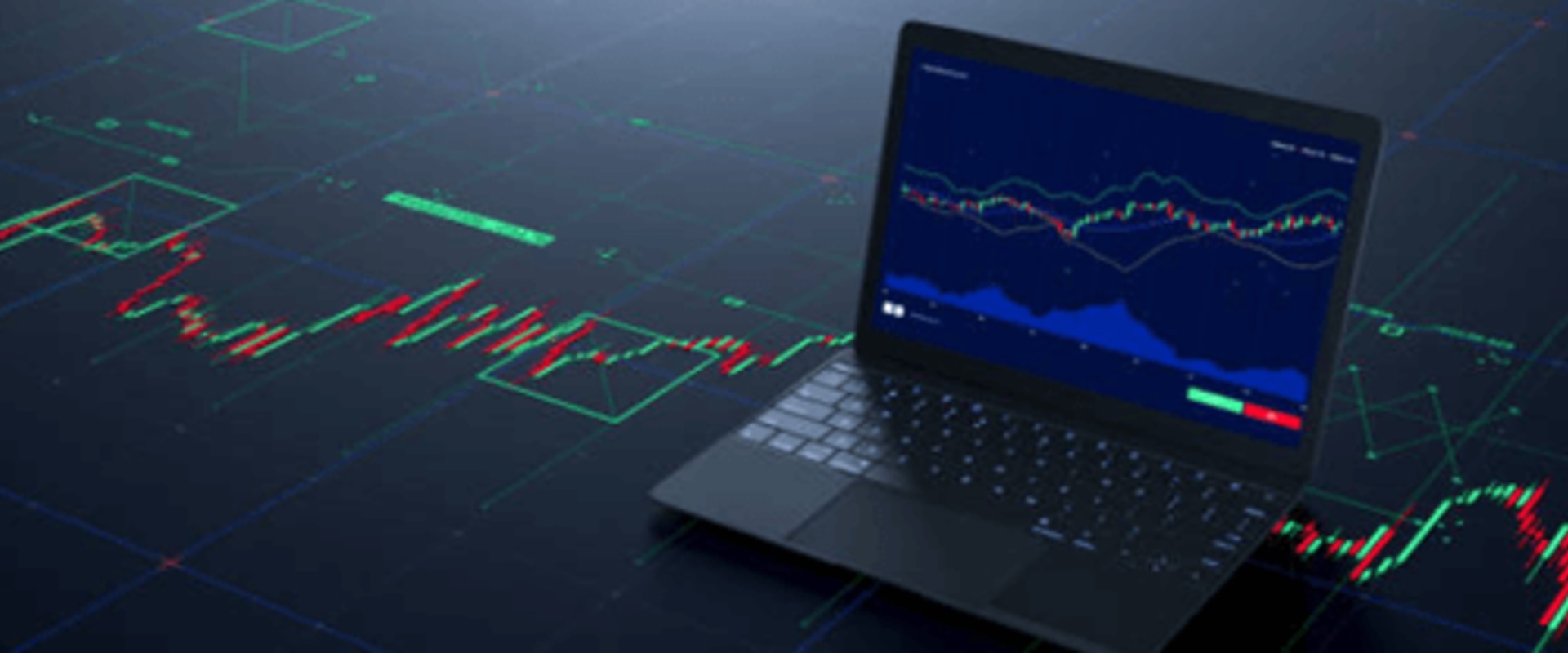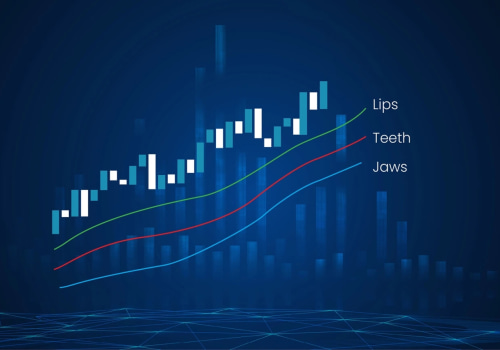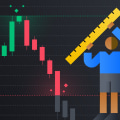Forex trading can be a daunting task for both new and experienced traders. Finding reliable trading strategies that provide an edge in the market is crucial for success. Pin bars, a popular price action signal, offer traders an opportunity to identify potential reversals and continuations in the forex market. In this comprehensive guide, we will explore the concept of pin bars and discuss how to effectively incorporate them into your forex trading strategy.
Understanding Pin Bars
What are Pin Bars?
Pin bars, also known as pinocchio bars, are candlestick patterns that provide significant insights into market sentiment. These patterns consist of a long wick or "tail" and a small body, resembling a pin. The tail represents the rejection of a specific price level, while the body signifies the opening and closing prices. A bullish pin bar has a long tail below the body, indicating a rejection of lower prices, while a bearish pin bar has a long tail above the body, suggesting a rejection of higher prices.
Anatomy of a Pin Bar
To better understand pin bars, let's examine their anatomy:
Long Tail: The tail is the extended part of the pin bar, indicating strong rejection of a price level.
Body: The body represents the opening and closing prices. It is usually small compared to the tail.
Nose: The nose refers to the small protrusion sometimes present on the pin bar. It is not always present but can provide additional insights into the pattern.
Pin bars can occur in various market conditions and timeframes, making them versatile tools for traders.
What are Pin Bars?
Pin bars are special shapes that appear on forex charts. They look like candles with a small body and a long stick called a "wick." The wick sticks out from one side of the candle, like a pin sticking out.
How to Spot a Pin Bar?
Spotting a pin bar is easy! Look at a forex chart and find a candlestick that has a small body and a long wick on one side. That's a pin bar!
Why are Pin Bars Important?
Pin bars are important because they tell traders that something interesting might happen in the forex market. They can show when a trend is about to change or when it's a good time to buy or sell.
Understanding Pin Bar Signals
Pin bars can send different signals to traders. If a pin bar appears at the end of a trend, it might mean that the trend is going to change. If it appears in the middle of a trend, it might mean that the trend will continue.
How to Use Pin Bars in Forex Trading?
Traders can use pin bars to make decisions about buying or selling. If a pin bar appears at a support level, it could be a good time to buy. If it appears at a resistance level, it could be a good time to sell.
Pin Bars as Reversal Patterns
A pin bar can act as a sign that a trend is going to reverse. It's like a signal telling traders that they should consider going in the opposite direction. For example, if the trend was going up, a pin bar could mean that it's going to start going down.
Pin Bars as Continuation Patterns
Sometimes, pin bars can also tell traders that a trend will continue. It's like a signal telling them that they should keep doing what they're doing. For example, if the trend was going up, a pin bar could mean that it will keep going up.
Pin Bars and Support/Resistance Levels
Support and resistance levels are important areas on a forex chart where the price often bounces back. When a pin bar appears near a support or resistance level, it can be a clue for traders to make decisions.
Pin Bars and Moving Averages
Moving averages are lines on a chart that show the average price over a certain period of time. When a pin bar appears near a
moving average, it can be a signal for traders to take action.
Pin Bars and Trend Lines
Trend lines are lines that connect the highs or lows of a trend. When a pin bar appears near a trend line, it can show that the trend might change or continue. Traders pay attention to these signals to make smart moves.
Pin Bars and Price Action Signals
Pin bars serve as powerful price action signals that can indicate potential market reversals or continuations.
Reversal Signals
A bullish pin bar appearing after a downtrend could signal a potential trend reversal. It suggests that buyers have stepped in and are likely to drive the price higher. Conversely, a bearish pin bar following an uptrend may indicate a potential reversal to the downside, suggesting that sellers have gained control.
Continuation Signals
Pin bars can also act as continuation signals, indicating that the current trend is likely to persist. For instance, a bullish pin bar forming during an uptrend could signal a continuation of the upward movement. Similarly, a bearish pin bar appearing in a downtrend may suggest a continuation of the downward momentum.
Identifying Pin Bars
Pin Bars vs. Fakey Patterns
It is essential to differentiate between genuine pin bars and fakey patterns. A fakey pattern occurs when the market initially breaks the high or low of a pin bar but fails to maintain that momentum and reverses. Traders should look for additional confirmation to distinguish between a genuine pin bar and a fakey pattern. This confirmation can include analyzing the price action context, such as support and resistance levels or other technical indicators.
Pin Bars on Different Timeframes
Pin bars can be observed on various timeframes, ranging from the shorter intraday charts to the longer-term daily or weekly charts. While pin bars on higher timeframes generally carry more weight, it is crucial to consider the trading style and timeframe that aligns with your strategy and trading goals.
Pin Bars in Forex Trading
Entry Strategies
When trading pin bars, entry strategies can vary depending on the trader's preference and risk tolerance. One common approach is to enter a trade when the price breaks the high or low of the pin bar, indicating a potential continuation or reversal. Another method is to wait for a subsequent confirmation candle to close in the desired direction before entering the trade.
Stop Loss Placement
To manage risk effectively, placing a stop loss is crucial when trading pin bars. Traders often set their stop loss beyond the tail of the pin bar to allow for potential market noise or false breakouts. This placement aims to protect capital in case the market moves against the anticipated direction.
Take Profit Targets
Determining take profit levels can be done in several ways. Traders may consider using support and resistance levels, Fibonacci extensions, or trailing stops to capture profits during favorable market conditions. It is essential to strike a balance between maximizing profit potential and managing risk.
Pin Bar Trading Examples
Let's explore a couple of trading examples to illustrate the application of pin bars in forex trading:
Example 1: Bullish Pin Bar
Market Context: Downtrend
Entry: Buy when the price breaks above the high of the pin bar
Stop Loss: Set below the low of the pin bar
Take Profit: Target the previous swing high or a predefined reward-to-risk ratio
Example 2: Bearish Pin Bar
Market Context: Uptrend
Entry: Sell when the price breaks below the low of the pin bar
Stop Loss: Set above the high of the pin bar
Take Profit: Target the previous swing low or a predefined reward-to-risk ratio
Pin Bars: Dos and Don'ts
Do pay attention to pin bars that appear after big price moves.
Do look for pin bars near support and resistance levels.
Don't rely only on pin bars to make trading decisions. Use them together with other indicators.
Don't rush into trades based on pin bars without thinking it through.
Conclusion
Pin bars are valuable tools in forex trading, offering traders insights into potential market reversals and continuations. By understanding the anatomy of pin bars and their various applications, traders can enhance their trading strategies and make more informed trading decisions. Remember to combine pin bars with additional technical analysis tools and risk management techniques to maximize the effectiveness of this price action signal.
What is the significance of pin bars in forex trading?
Pin bars provide insights into potential market reversals and continuations, helping traders identify profitable trading opportunities.
How do I identify genuine pin bars?
Genuine pin bars can be identified by analyzing the tail, body, and price action context. Look for strong rejection of a specific price level and additional confirmation to distinguish them from fakey patterns.
What timeframes are suitable for trading pin bars?
Pin bars can be observed on various timeframes. Higher timeframes generally carry more weight, but the choice of timeframe depends on your trading style and strategy.
What entry strategies can I use with pin bars?
Common entry strategies include entering the trade when the price breaks the high or low of the pin bar or waiting for a subsequent confirmation candle to close in the desired direction.
How do I manage risk when trading pin bars?
Risk management is crucial when trading pin bars. Place a stop loss beyond the tail of the pin bar to protect capital and determine take profit levels based on support and resistance or other technical indicators.
By incorporating pin bars into your forex trading strategy, you can gain a deeper understanding of market dynamics and potentially improve your trading results. Remember to practice on demo accounts before implementing these strategies with real money and always stay updated with market conditions and news. Happy trading!












Leave Reply